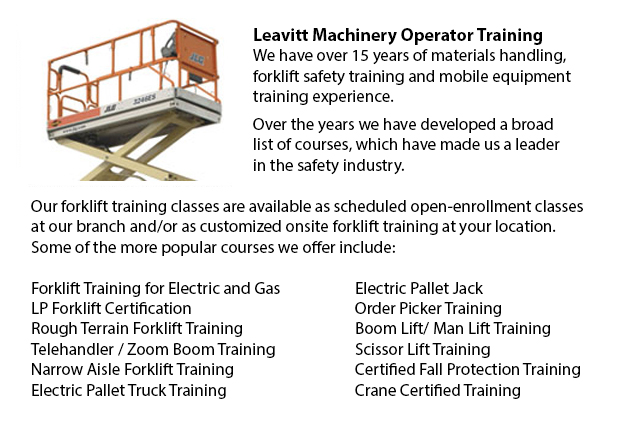
Barrie Scissor Lift License - The is an inherent risk in operating a scissor lift, since with all types and kinds of powered work tools would need right handling to prevent accidents that could result in injuries or damage. Businesses must ensure that personnel utilizing this equipment have the necessary training.
Companies must not allow scissor lifts to be used by unqualified people. The scissor lift is designed to raise people to high levels. Failure to understand and completely abide by safety standard could lead to injuries for the users or damage to the lift.
For those who use scissor lifts, there is no legislation governing the utilization of fall protection. Nonetheless, manufacturers could recommend the use of fall protection and in several cases tying off in scissor lifts might be required by employer rules, job-specific risk assessments or local regulations.
Before using the equipment, the scissor-lift operator has to carry out a thorough check to be able to ensure the equipment is in good working condition. This is the operator's duty, even though the unit has already been in service that same day. The operator's instruction manual of the equipment contains a checklist for pre-operation.
Examples of what to look for when performing a pre-operation inspection consist of checking tire-inflation pressure, and checking ground controls and controls in the platform in order to make certain they are working. When retracting or extending the boom, look for delayed movement on the fly section which can indicate loose cables. Whilst operating the controls, make sure that the emergency stop switches are working. Operate functions against the machine's cutout switches. Check the boom control system by cycling a boom lift to the furthest extent of its operating envelope. Safety limiters must automatically stop the unit before it moves into an unstable position, if they are working right. If they aren't, turn off the lift and make certain that it is fixed before it is used again.
Proper and safe operating procedures should be followed always. Levers should be operated with even, controlled pressure. A control lever must never be pushed from one position to the opposite position. The lever must be shifted to neutral, prior to stopping, and then proceeding in the desired direction. When released, levers and control switches must automatically return to the neutral position. Depress the foot switch before operating platform controls.
-
Barrie Warehouse Forklift Safety Training
Barrie Warehouse Forklift Safety Training - Businesses normally face liability for injuries and damage sustained in workplace accidents. Warehouses can be hazardous places to the individuals who work there. That is the reason why employee safety is a... More -
Barrie Aerial Platform Training
Barrie Aerial Platform Training - Aerial lifts can accommodate many duties involving high and tricky reaching places. Normally used to carry out regular upkeep in buildings with high ceilings, prune tree branches, hoist heavy shelving units or mend p... More -
Barrie Forklift Ticket
Barrie Forklift Ticket - Pallet jacks and lift trucks are both intended for practically the same reason; to transfer goods from one location of your warehouse to another. This is basically where the comparison stops however. With the pallet jack, the... More -
Barrie Aerial Lift Training
Barrie Aerial Lift Training - An aerial work platform is a mechanized access platform. This machinery provides access to otherwise not accessible places for people or equipment. Also referred to as an aerial device or elevating work platform, the mac... More -
Barrie Aerial Boom Lift Training
Barrie Aerial Boom Lift Training - For people who operate or supervise the use of aerial lift platforms, correct aerial boom lift Training is required. The aerial lift platform is utilized for lifting individuals, tools and materials to elevated work... More -
Barrie Manlift Certification
Barrie Manlift Certification - The Elevated Platforms and Manlifts Certification program helps to provide the needed training on the work practices, safe operating procedures, rules and regulations regarding the everyday activities for the operators... More -
Barrie Overhead Crane Certification
Barrie Overhead Crane Certification - The overhead crane training certification course is designed to be effective with all participants regardless of literacy or language limitations. The course has two parts: a classroom training session and a prac... More -
Wheel and Track Loader Training in Barrie
Lift trucks are obtainable in several various units that have varying load capacities. The majority of typical lift trucks utilized in warehouse settings have load capacities of one to five tons. Bigger scale models are used for heavier loads, such a... More

Forklift Certification Barrie
TOLL FREE: 1-888-254-6157
Barrie, Ontario
forkliftcertificationbarrie.com
Email Us
About Us


